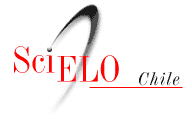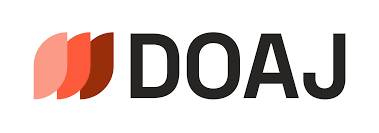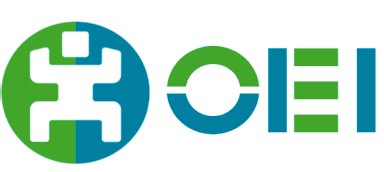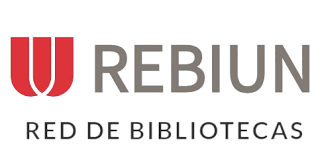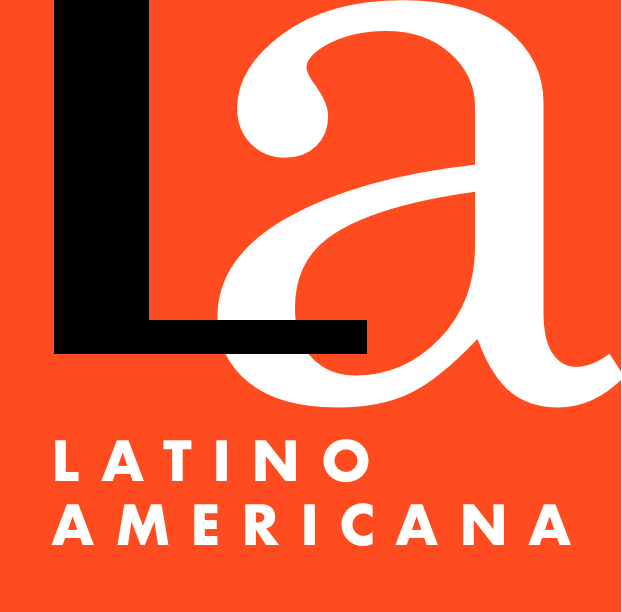Presentation: Peer learning for inclusion
Keywords:
Peer learning, Inclusive educationAbstract
It is well known that learning takes place, as Piaget told us, through interactions with others and, as Vigotsky would add, especially when these others (mediators) are somewhat more skilled than the learner himself. Traditional teaching has considered that this role of mediator - acting between the new content and the learner's mental activity - had to be reserved for the teacher, and that interactions between equals (or between peers, as they are called in Latin America) had little educational relevance and should be eliminated, or at least minimised in the classroom. However, we have known for some time that interactions between peers, between students, properly organised, can lead to learning. Certainly not every interaction - understood as dialogue, communicative exchange, joint action... between pupils is equivalent to learning, nor is every interaction between teacher and pupils. But if it meets certain requirements, which we will deal with throughout this monograph, it can be a powerful source of learning.
Downloads
Published
How to Cite
Issue
Section
License
Copyright (c) 2015 Revista Latinoamericana de Educación Inclusiva

This work is licensed under a Creative Commons Attribution 4.0 International License.
Creative Commons Attribution (by)
This licence permits the exploitation of the work, as well as the creation of derivative works, the distribution of which is also permitted on condition that express reference is made to the author, i.e. that his/her name appears in any use or act of exploitation of the work.




